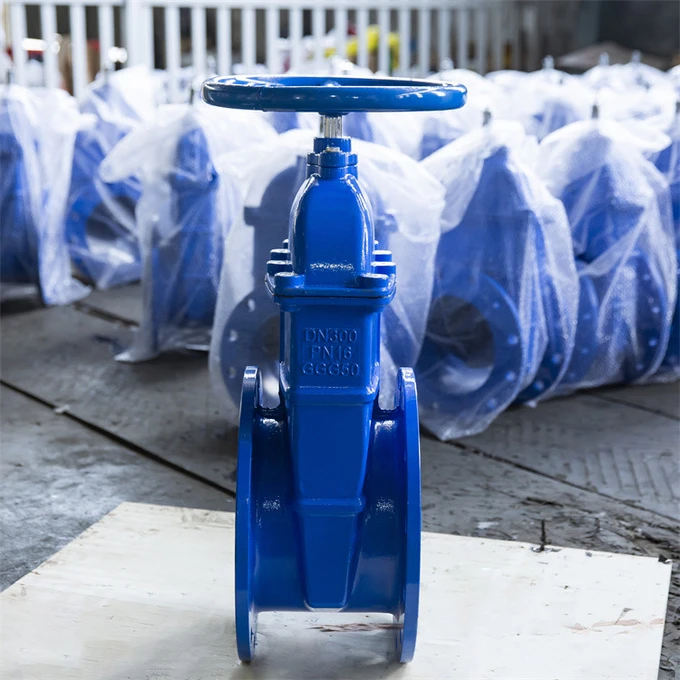Oct . 22, 2024 10:35 Back to list
Exploring Various Categories of Flow Control Valves and Their Applications
Different Types of Flow Control Valves
Flow control valves are essential components in hydraulic and pneumatic systems, playing a crucial role in regulating the flow rate of fluids or gases. These valves ensure that the appropriate amount of substance moves through a system, maintaining optimal performance and efficiency. The choice of flow control valve can significantly impact the system's overall effectiveness, safety, and reliability. In this article, we will explore various types of flow control valves, their functions, and applications.
1. Pressure-Reducing Valves
Pressure-reducing valves are designed to lower the inlet pressure of a fluid to a desired level at the outlet. They are commonly used in situations where the pressure must be controlled to prevent damage to sensitive equipment or to maintain system efficiency. These valves automatically adjust themselves to maintain a set outlet pressure, making them vital in water supply systems, irrigation, and industrial processes.
2. Flow Control Valves
Flow control valves can be adjusted to regulate the rate of flow in a system. They allow users to set the flow at a desired rate, regardless of changes in pressure. These valves are particularly useful in applications such as hydraulic systems where precise control of actuator speed is required. Common types include needle valves, globe valves, and throttle valves, each serving unique specifications and requirements within a system.
3. Check Valves
Check valves, also known as non-return valves, allow fluid to flow in one direction while preventing backflow. They are critical in applications where it's essential to maintain the intended flow direction to prevent system failure. Common applications include water pumps, fuel systems, and pipeline installations. These valves utilize different mechanisms, such as ball, swing, or diaphragm, to ensure effective backflow prevention.
4. Ball Valves
different types of flow control valves

Ball valves are widely favored for their versatility and reliability. Equipped with a spherical disc that rotates to restrict or allow flow, they provide tight sealing and are suitable for both on/off and flow regulation applications. Made from various materials such as stainless steel and plastic, they can withstand high pressures and harsh conditions, making them ideal for industrial and plumbing applications.
5. Gate Valves
Gate valves are used primarily for on/off control in pipelines. These valves employ a gate mechanism that either permits or stops the flow completely. They are not intended for throttling purposes, as partially opened gate valves can lead to turbulence and erosion of the valve seat over time. Commonly used in water supply systems and sewage treatment plants, gate valves are designed for minimal pressure drop when open.
6. Globe Valves
Globe valves are recognized for their capability to regulate flow effectively. They consist of a spherical body with an internal baffle that separates the inlet and outlet. The design allows for precision control over flow rates, making them suitable for applications requiring frequent adjustments. Globe valves are commonly found in steam and water circuits, heating systems, and chemical processing plants.
7. Butterfly Valves
Butterfly valves utilize a rotating disc to control flow. When the disc is rotated 90 degrees, it either opens or closes the flow path. They are compact, lightweight, and capable of handling large volumes of fluids. Butterfly valves are extensively used in water distribution, wastewater treatment, and in various industrial applications, primarily because they allow quick operation and smooth flow regulation.
Conclusion
Understanding the different types of flow control valves is crucial for selecting the right valve for specific applications. Each type serves a distinct purpose, and their functionalities greatly affect the performance, efficiency, and safety of hydraulic and pneumatic systems. By considering factors such as the nature of the fluid, pressure requirements, and the overall design of the system, engineers and technicians can choose the most suitable flow control valve to optimize operations. As technology continues to evolve, advancements in valve design and materials promise even greater reliability and efficiency in future applications.
-
Safety Standards in Welding Fabrication Table Manufacturing ProcessesNewsJun.30,2025
-
Impact of Temperature Fluctuations on Ring Gauge AccuracyNewsJun.30,2025
-
History of Cast Iron Surface Plates in ManufacturingNewsJun.30,2025
-
Eco-Friendly Granite Measuring ToolsNewsJun.30,2025
-
Surface Plate Maintenance Best Practices for LongevityNewsJun.27,2025
-
Historical Evolution of Iron Surface Plates in Industrial MetrologyNewsJun.27,2025
Related PRODUCTS









